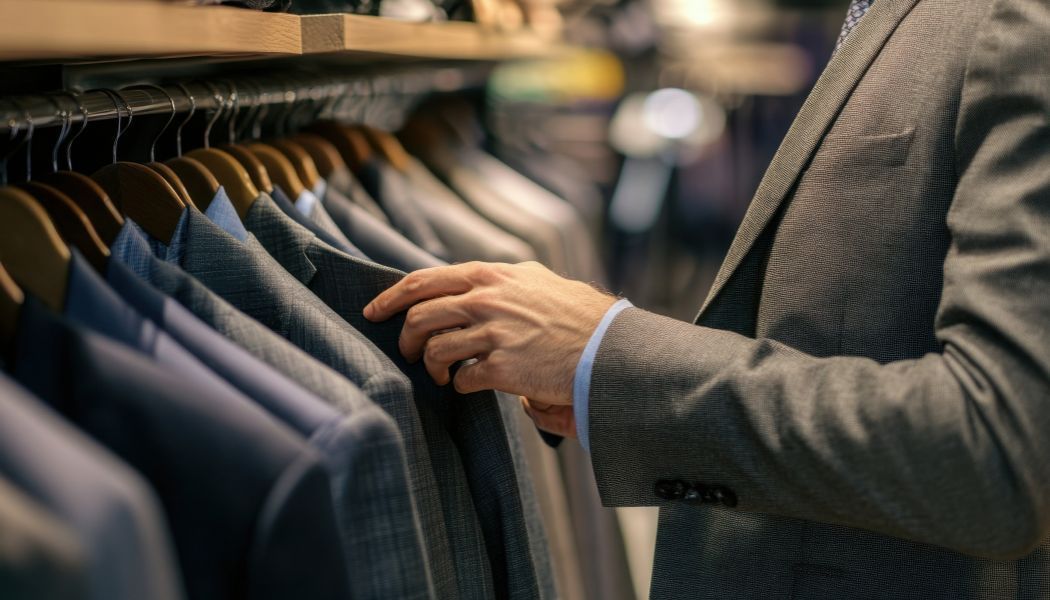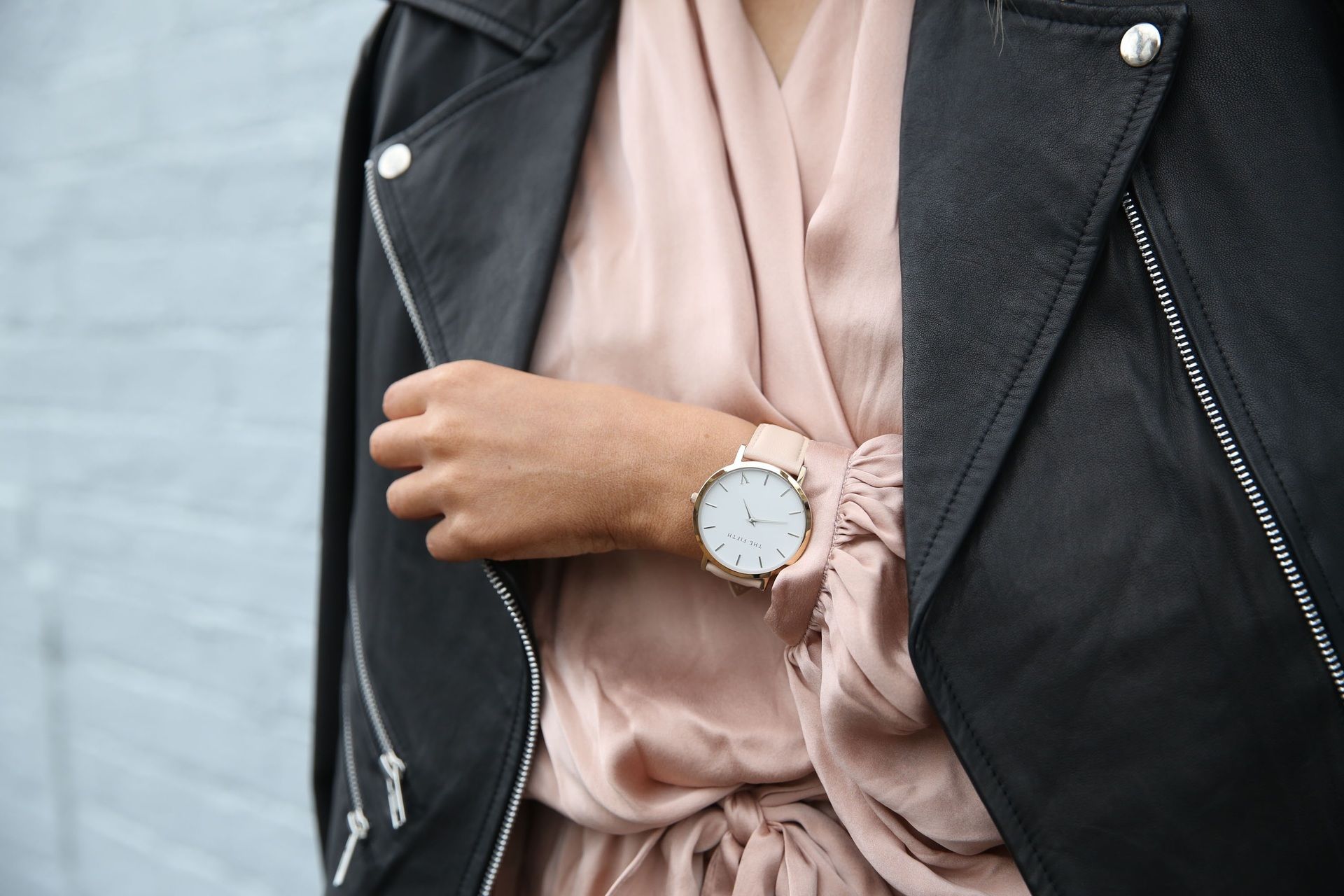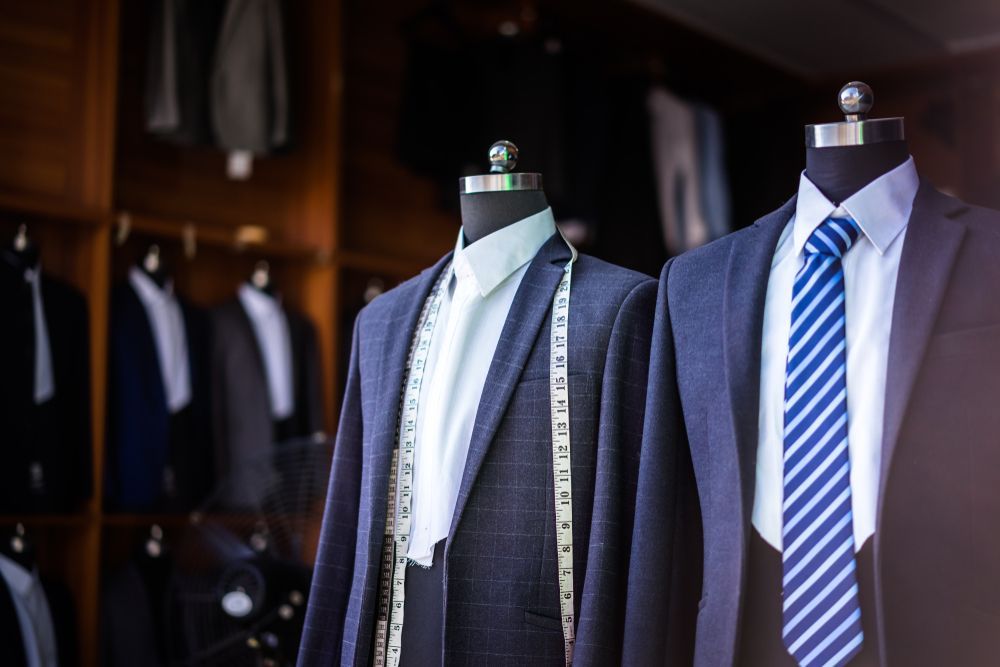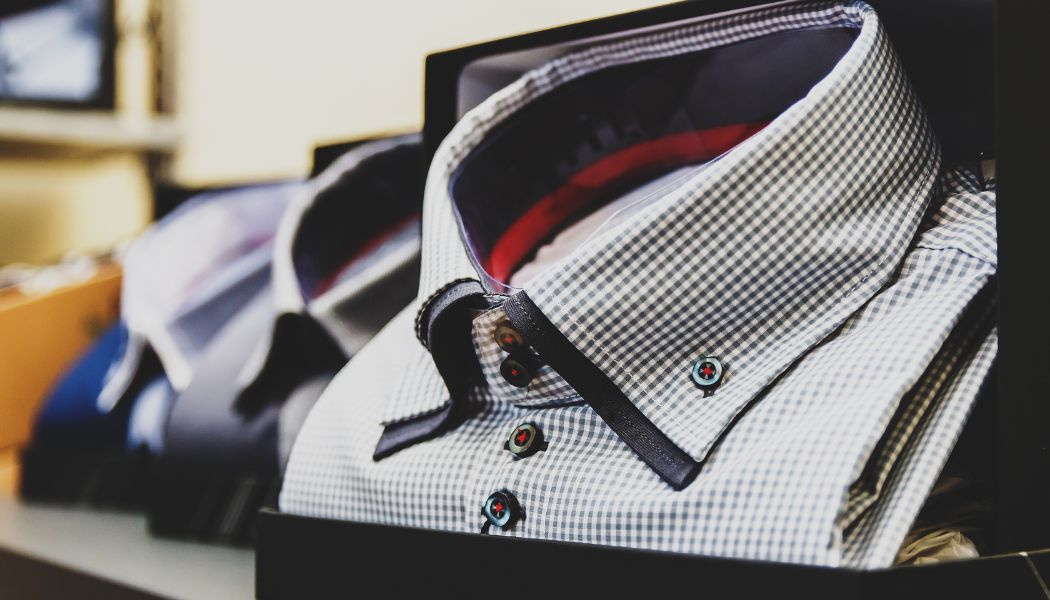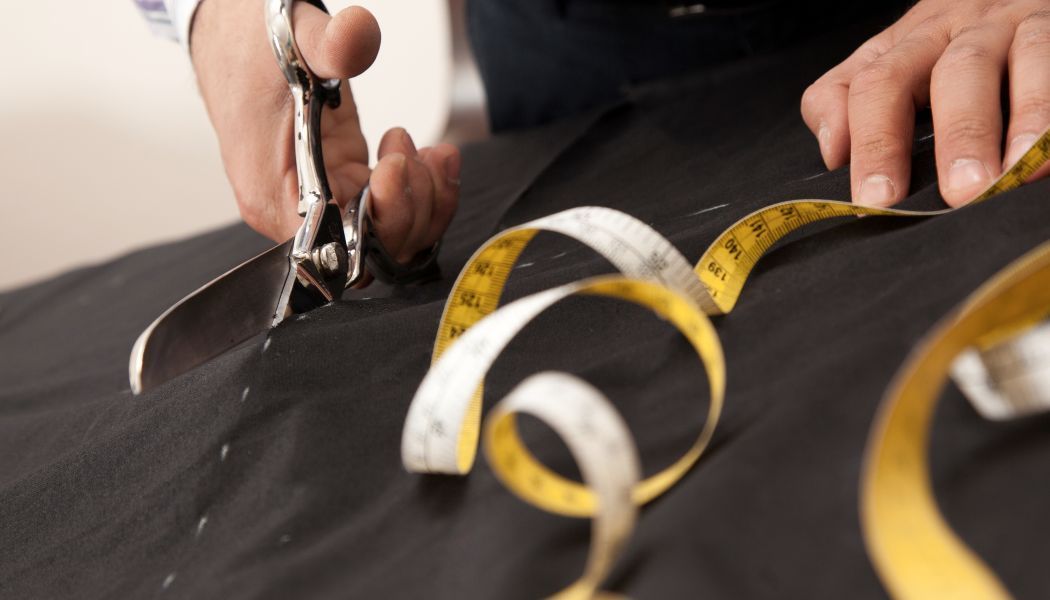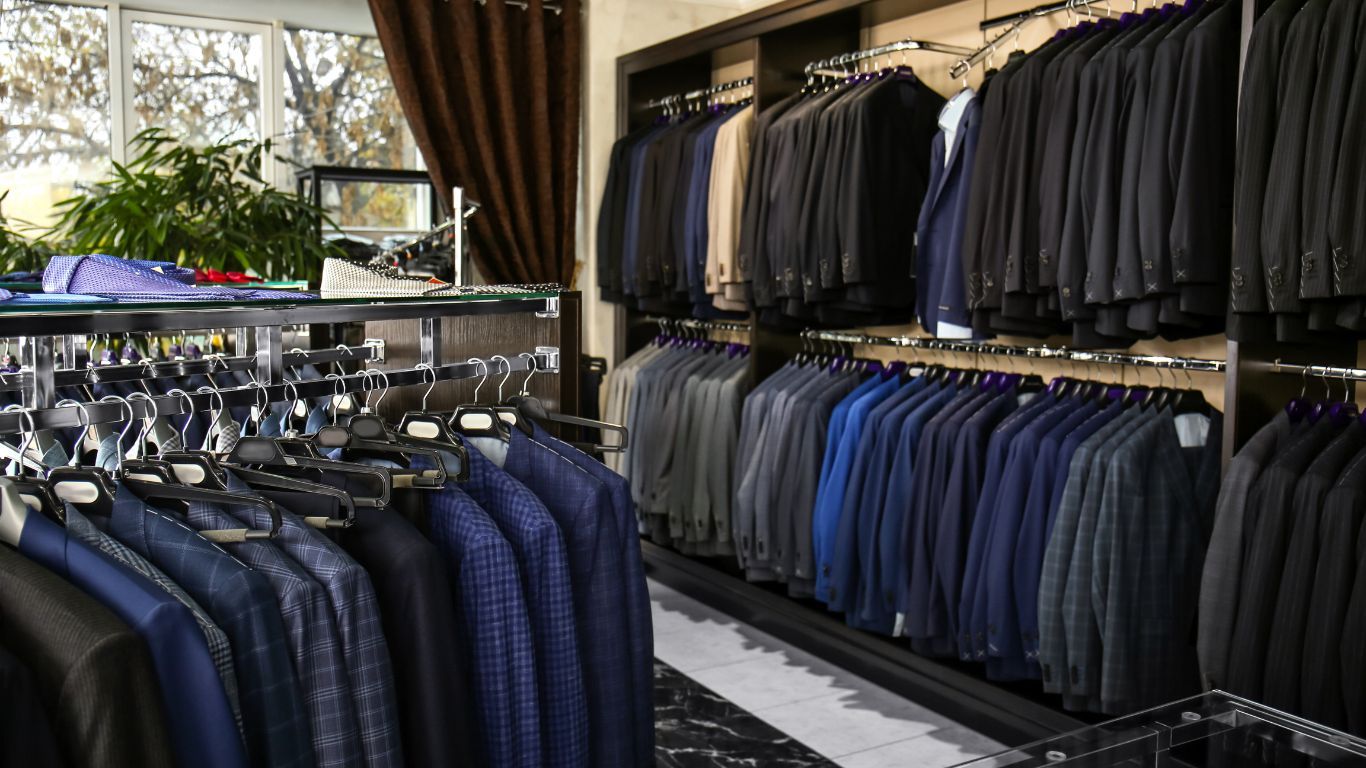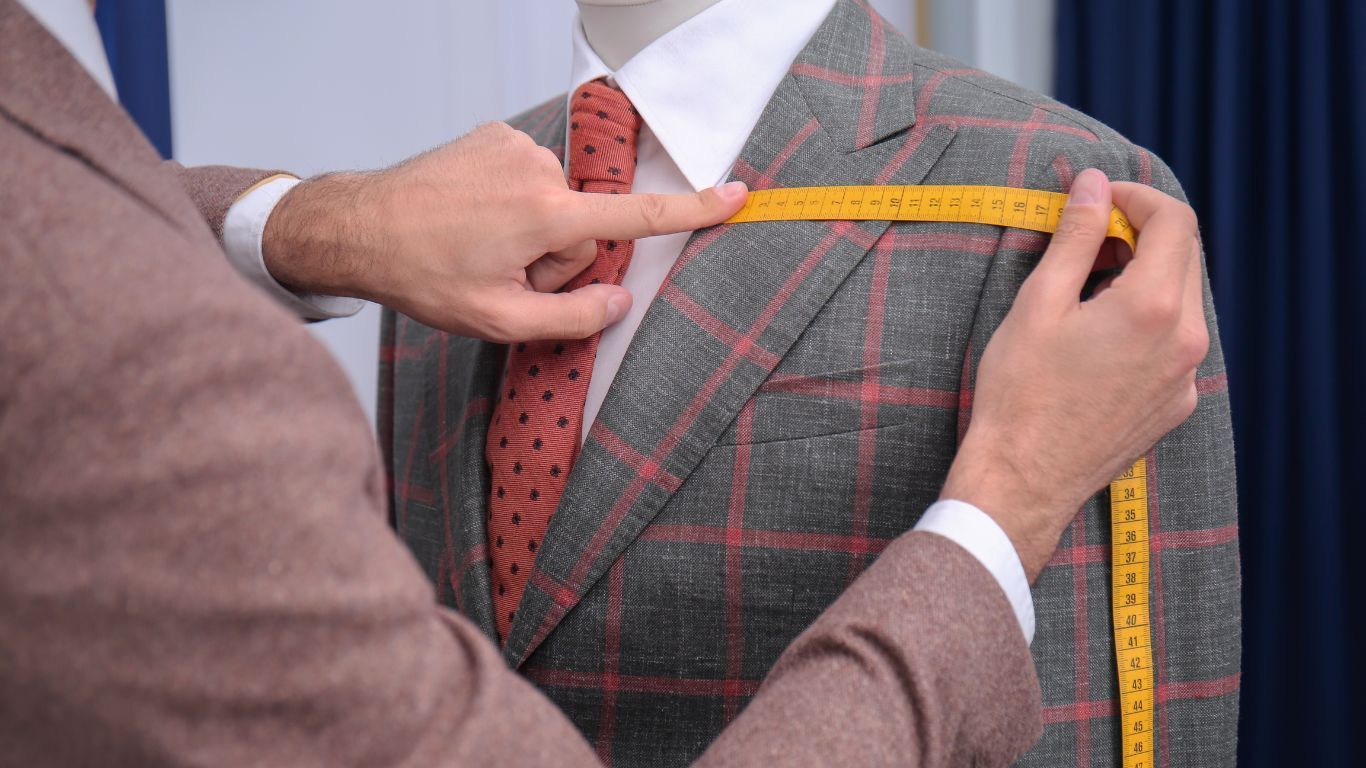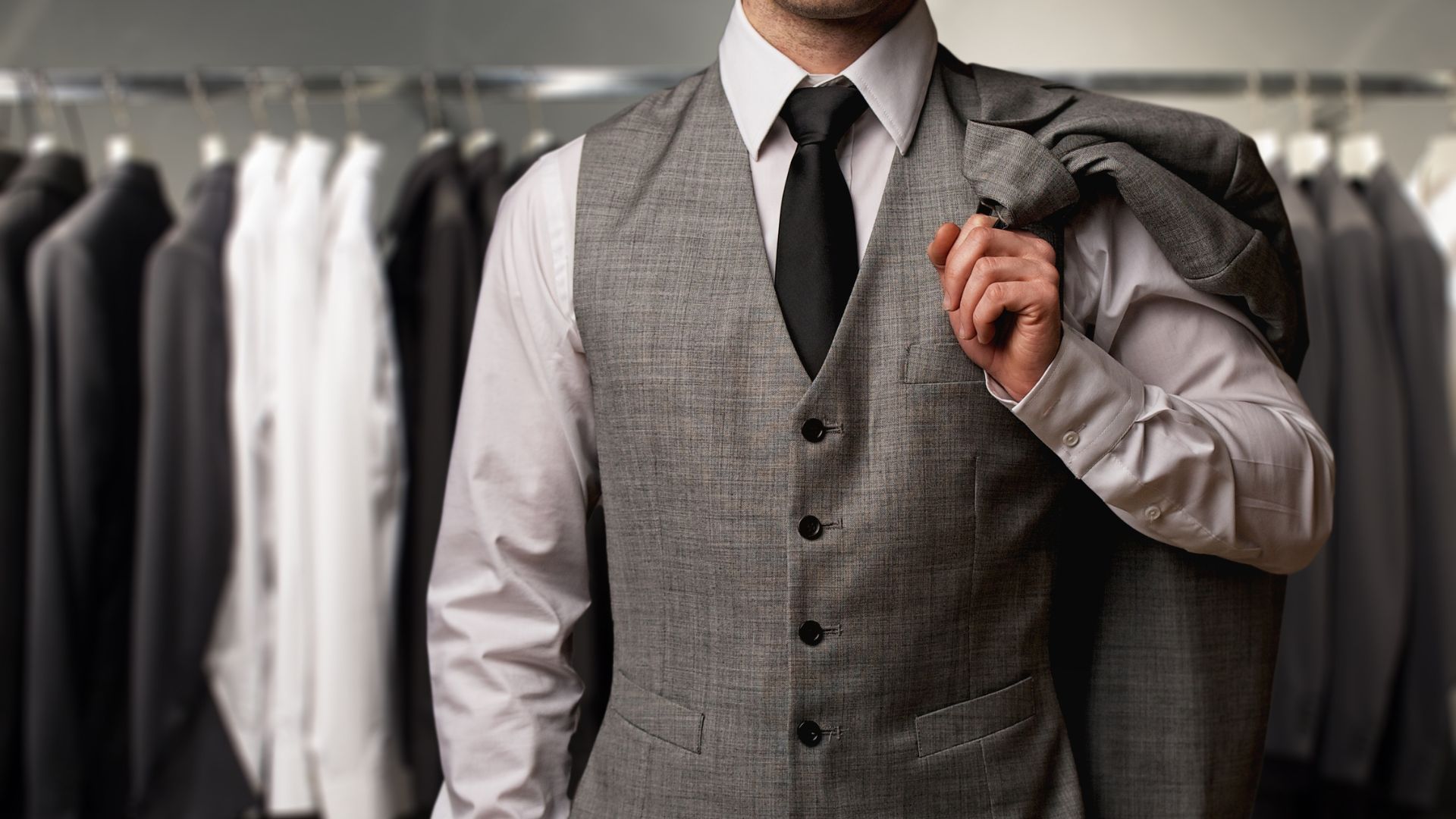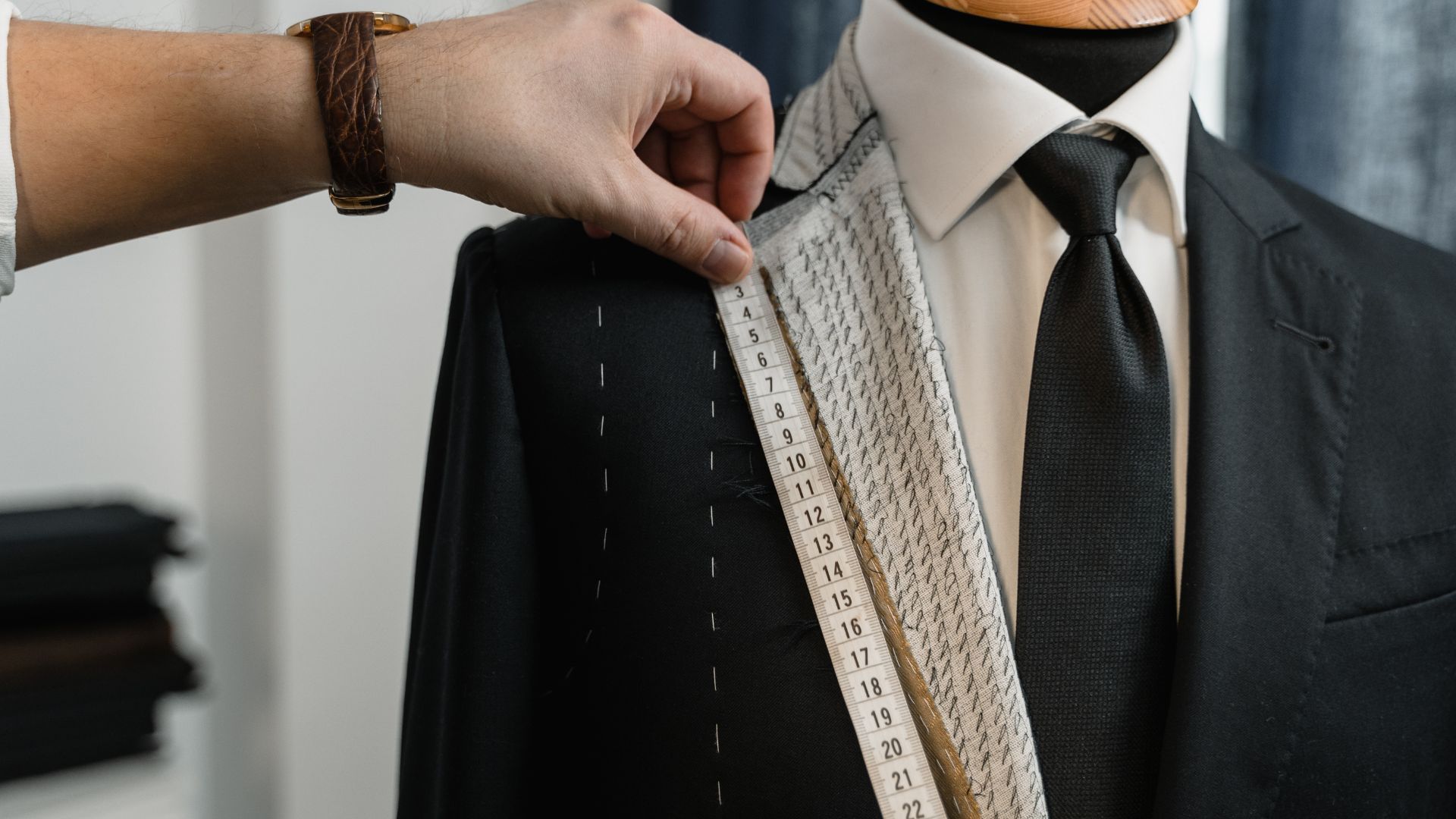How Suits Have Changed Over Time
A well-made suit is an important component of men’s formal wear. Whether you are attending a wedding, job interview, business meeting, or any other formal occasion, it is custom for a man to wear a well-designed suit. Suits typically consist of trousers with a matching jacket and necktie. However, the traditional suit has evolved over the years, and the suits you see today differ from those made in the past.
The 19th Century
Although historians deem that suits have been around in the United Kingdom (UK) since the 17th century, it was not until the 19th century that the modern lounge suit appeared. It was George Bryan “Beau” Brummel, a friend of King George IV who established the suit style. This began the trend where European men would wear tailored, high-quality suits with neckties. These suits were tight fitting and usually featured a dark frock coat with light, non-matching trousers – quite different to the suits you generally see today.
The 20th Century
The 20th Century is when the suit began to evolve. Men were no longer wearing frock coats, instead they would wear morning coats with their suits. A morning coat is a formal suit coat this is distinguished by the cutaway in the back. From the back of a morning coat, you will see the left and right sides of the fabric are split from each other. Due to this unique stylish feature, many men in the UK and elsewhere started to wear a morning coat with their suits instead of the traditional frock coat.
The Short-Coated Lounge Suit
Following the end of the first World War saw further changes to suits. One significant change was a rising popularity and demand for short jacket suits. Also identified as the short-coated lounge suit, it became very popular around the 1920s, and has remained in fashion to this day.
The Modernisation of Suits
In the 1940s and 1950s suit styles began to modernise. The style slowly developed to the kind of suits we see sold and worn today. Lapels begun to shrink, men started wearing single-breasted jackets, and the jackets were designed straight to conceal the waistline. One of the main reasons for these changes was due to the lack of resources as many countries were engaged in World War II. Thus, rather than using fabrics and resources to make suits, they were being used to create military uniforms and other items.
The Modern-day Suit
Not only has the style of the suit evolved throughout history, but the fabrics used to make men’s suits has also changed. Originally, most suits were made of cotton, linen, or other similar textiles. Suits are still currently manufactured and sold in these fabrics, however there are now more options to choose from. Popular suit textiles now include tweed, linen, cotton, wool, corduroy, and velvet.
Additionally, suit colours have also changed over the years. The most popular suit colour being black, however, men’s suits are available in countless of other colours, including brown, grey, navy, white and more.
Bespoke Tailored and Made to Measure Suits
At Pascalis Bespoke Tailoring we are dedicated to keeping to tradition of suits alive. We are committed to creating timeless bespoke tailored and made to measure suits for our clients, that when looked after will last a lifetime.
